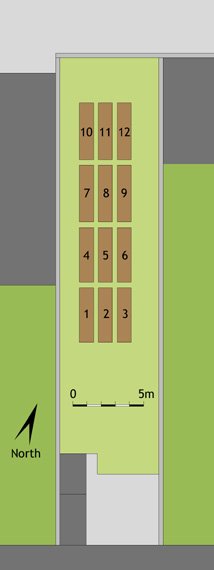Sunday 21 October 2007
Week 42 - Bed 11


Posted by
Bruce Darrell
0
comments
![]()
Week 42 - Bed 9




Posted by
Bruce Darrell
0
comments
![]()
Week 42 - Bed 8




Posted by
Bruce Darrell
1 comments
![]()
week 42 - Bed 7


Posted by
Bruce Darrell
0
comments
![]()
Week 42 - Bed 5



Posted by
Bruce Darrell
0
comments
![]()
Week 42 - Bed 4


Posted by
Bruce Darrell
0
comments
![]()
Week 42 - Bed 3





Posted by
Bruce Darrell
0
comments
![]()
Week 42 - Bed 2


Posted by
Bruce Darrell
0
comments
![]()
Week 42 - Bed 1


Posted by
Bruce Darrell
0
comments
![]()
Sunday 30 September 2007
Week 39 - Bed 12



Posted by
Bruce Darrell
1 comments
![]()
Week 39 - Bed 11



Posted by
Bruce Darrell
0
comments
![]()
Week 39 - Bed 9

Posted by
Bruce Darrell
0
comments
![]()
Week 39 - Bed 8


Posted by
Bruce Darrell
0
comments
![]()
Week 39 - Bed 6

Posted by
Bruce Darrell
0
comments
![]()
Week 39 - Bed 4


Posted by
Bruce Darrell
0
comments
![]()
Week 39 - Bed 3





Posted by
Bruce Darrell
0
comments
![]()








